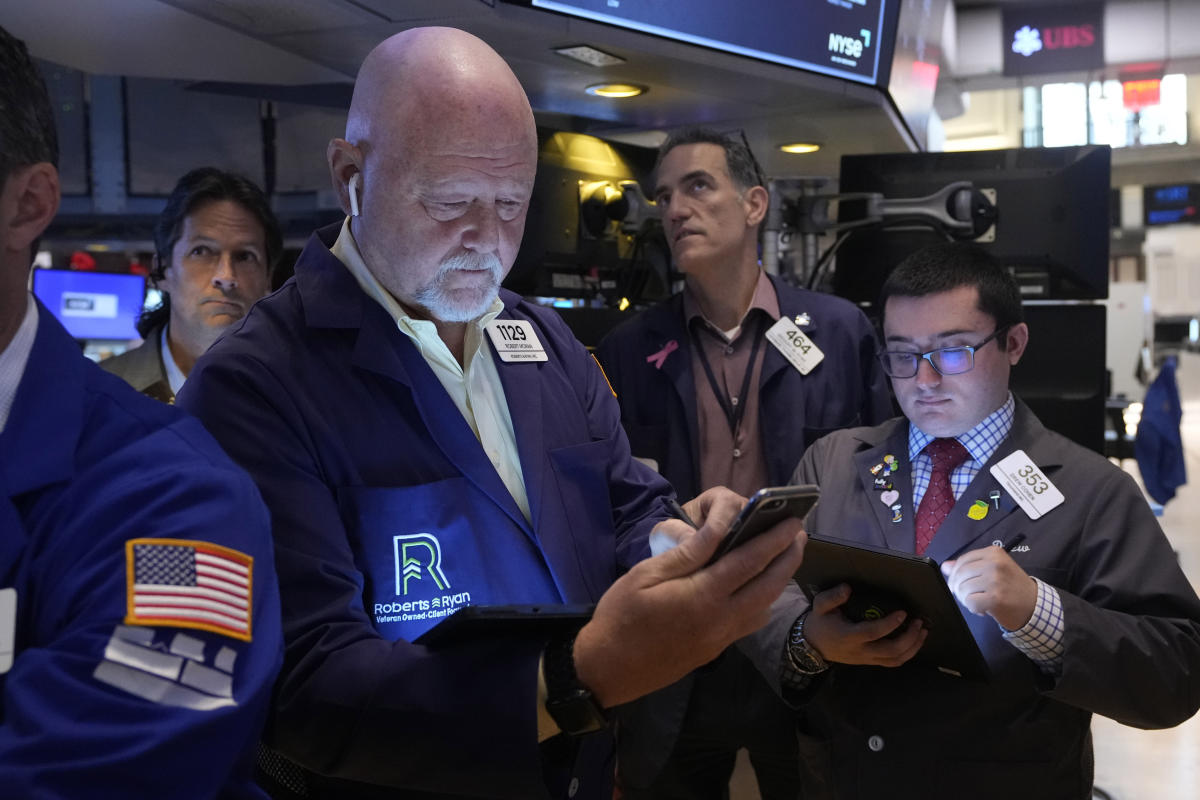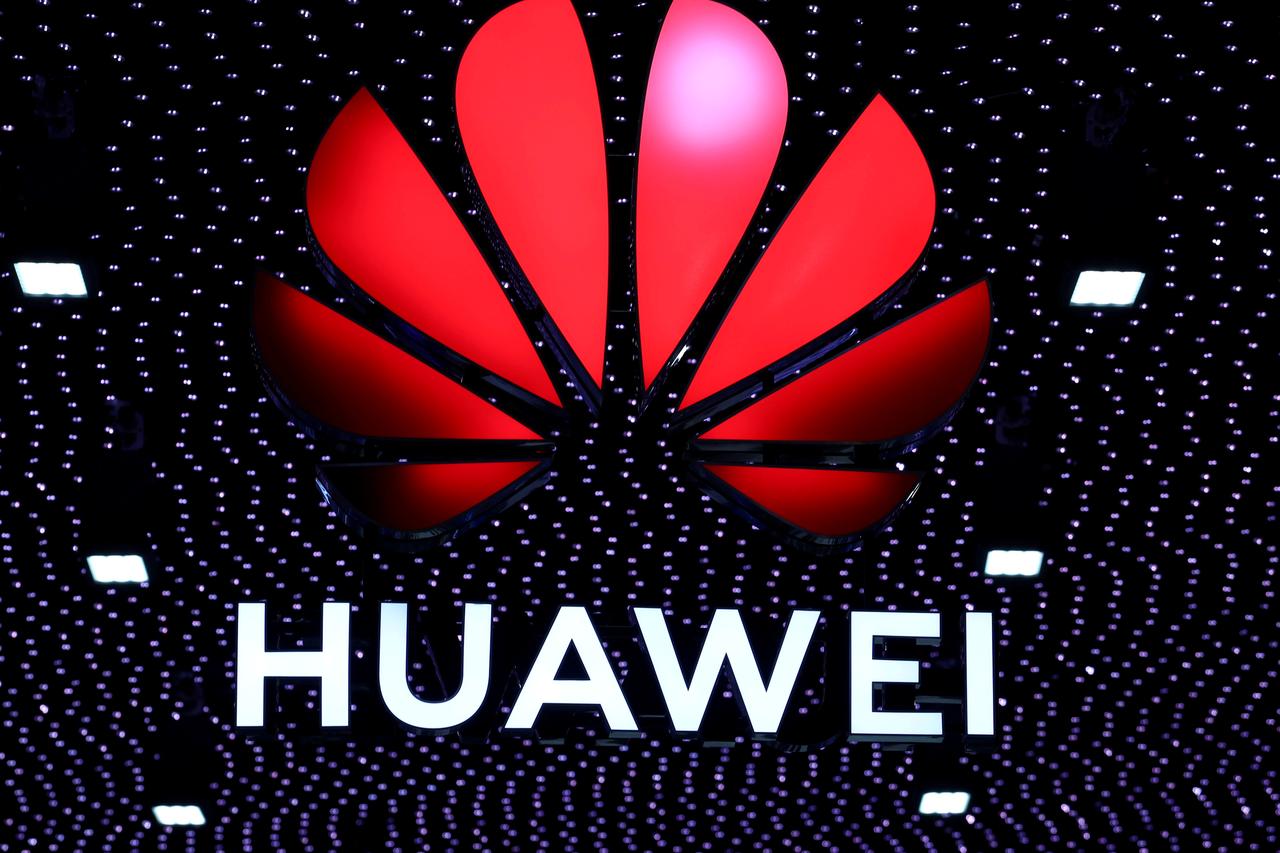The stock market experienced a turbulent beginning to September, with the Nasdaq Composite Index leading the downturn. The market’s volatility was largely driven by a significant sell-off in Nvidia shares, which had previously been a key player in the tech sector’s rally.

Nasdaq’s Rough Start to September
The Nasdaq Composite Index kicked off the month with notable declines, reflecting growing concerns among investors. The downturn was influenced by several factors, including uncertainty surrounding the Federal Reserve’s interest rate policies and a general sense of caution in the market as September began—a month historically known for its volatility.
Nvidia’s Sell-Off Continues
One of the main catalysts for the Nasdaq’s drop was the continued sell-off of Nvidia’s shares. Nvidia, a major player in the semiconductor industry, had been riding high on the back of its strong earnings report and the growing demand for AI-related technology. However, the recent sell-off suggests that investors might be taking profits or reacting to broader market fears, leading to a decline in Nvidia’s stock price.
The sell-off in Nvidia shares not only dragged down the Nasdaq but also sent ripples across the tech sector, affecting other semiconductor companies and related industries. Nvidia’s performance is often seen as a barometer for the health of the tech sector, and its recent struggles have raised questions about the sustainability of the recent tech rally.
Broader Market Concerns
Beyond Nvidia, the broader market is grappling with several headwinds. Concerns about inflation, the potential for further interest rate hikes by the Federal Reserve, and global economic uncertainties are weighing heavily on investor sentiment. The combination of these factors has created a challenging environment for equities, particularly in the technology sector, which is highly sensitive to interest rate fluctuations.
Moreover, September is often a challenging month for the stock market, with historical data showing that it tends to be one of the weakest months for equities. Investors are approaching the month with caution, and this sentiment is reflected in the recent market performance.
Key Market Movements
In addition to Nvidia, other major tech companies also experienced declines. Companies like Apple, Amazon, and Microsoft saw their share prices dip, contributing to the overall weakness in the Nasdaq. The tech-heavy index’s performance stood in contrast to the broader S&P 500, which, while also down, did not experience the same level of decline.
Outlook for Investors
Looking ahead, investors are likely to remain cautious as they navigate the challenges of September. The ongoing concerns about inflation, interest rates, and global economic conditions will continue to influence market movements. For those invested in the tech sector, Nvidia’s performance will be closely watched as an indicator of broader market trends.
Despite the current downturn, some analysts believe that the long-term prospects for tech companies remain strong, particularly those involved in cutting-edge technologies like AI and cloud computing. However, in the short term, market volatility is expected to remain high, and investors may need to brace themselves for further fluctuations.
The Nasdaq’s rough start to September, driven by the continued sell-off in Nvidia shares, highlights the challenges facing the stock market as it enters a historically volatile month. With broader economic concerns still in play, investors are likely to approach the market with caution in the coming weeks.
For more in-depth market analysis and updates, visit Digital Digest for the latest insights.






